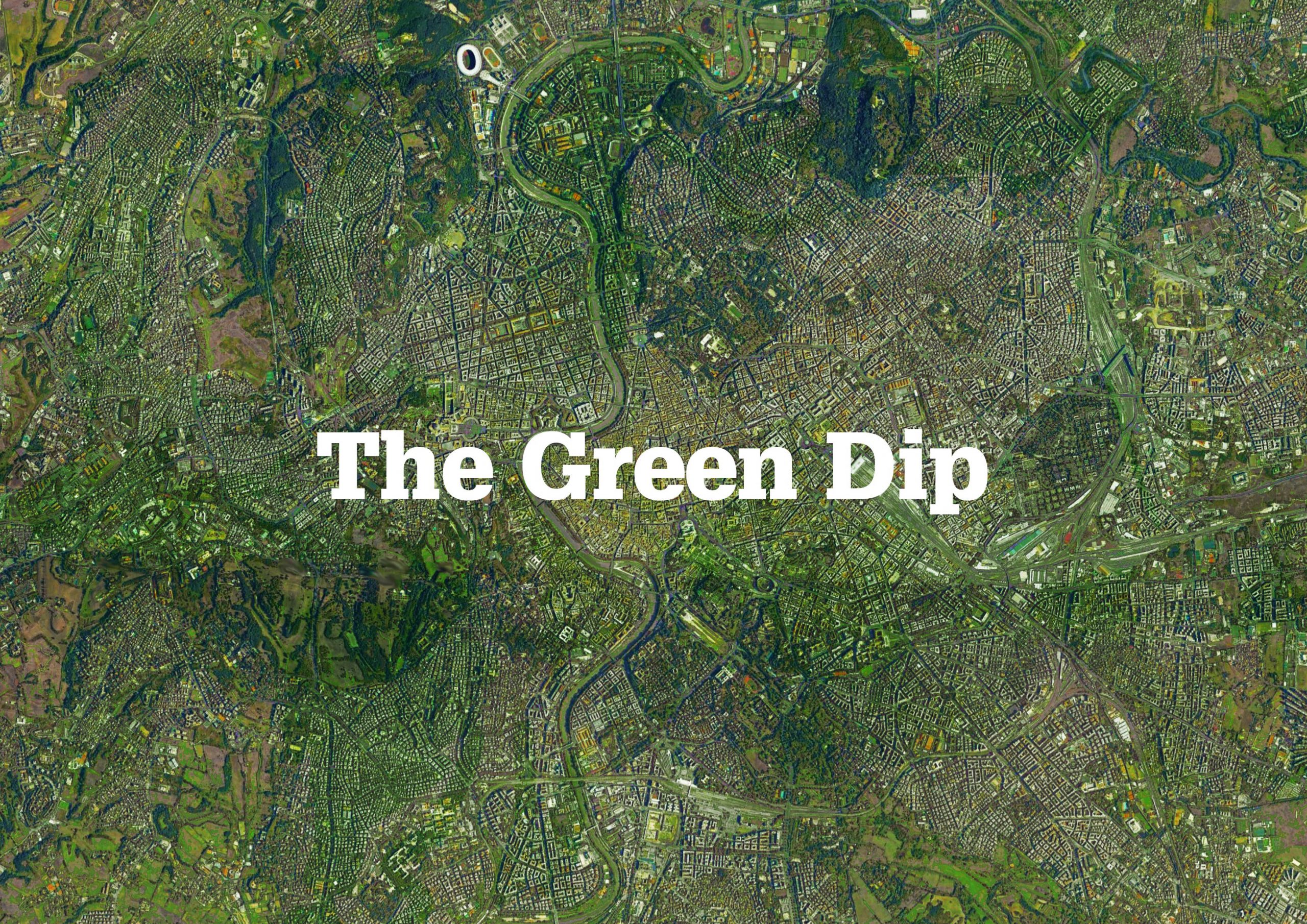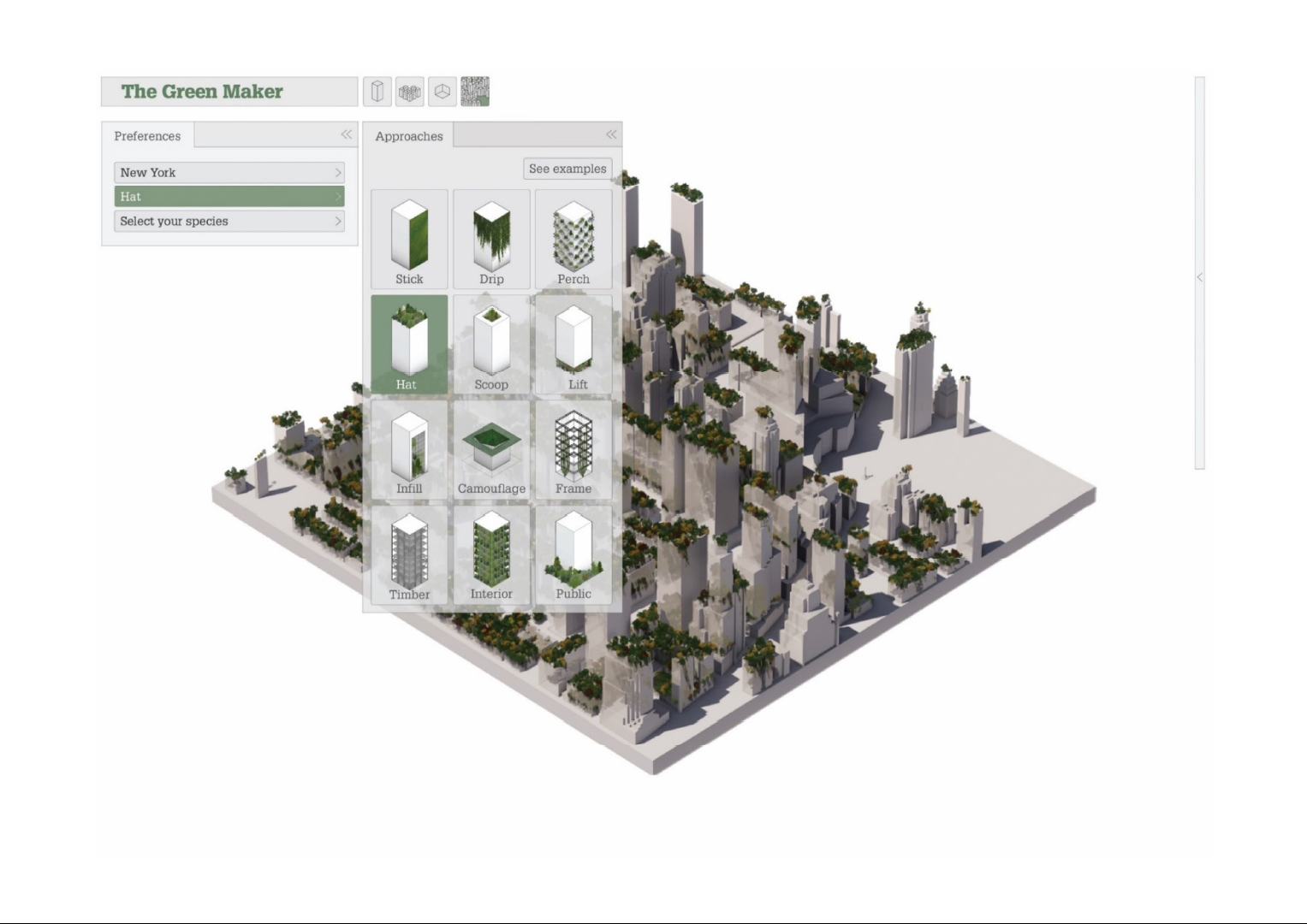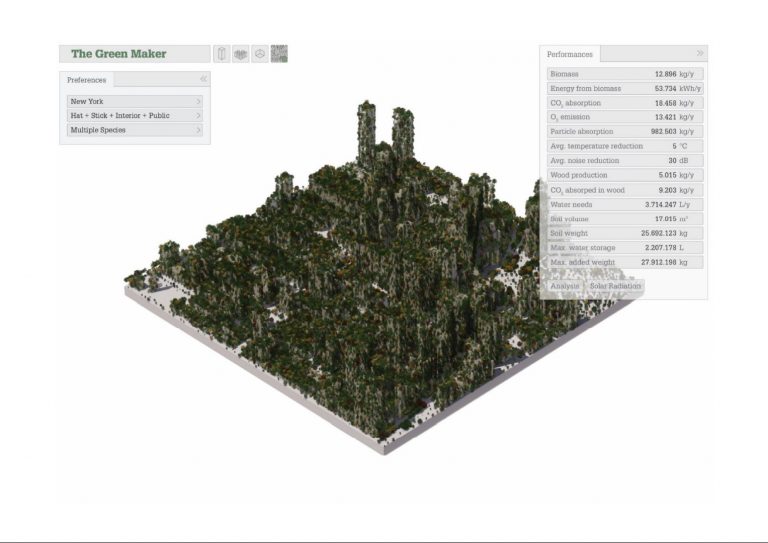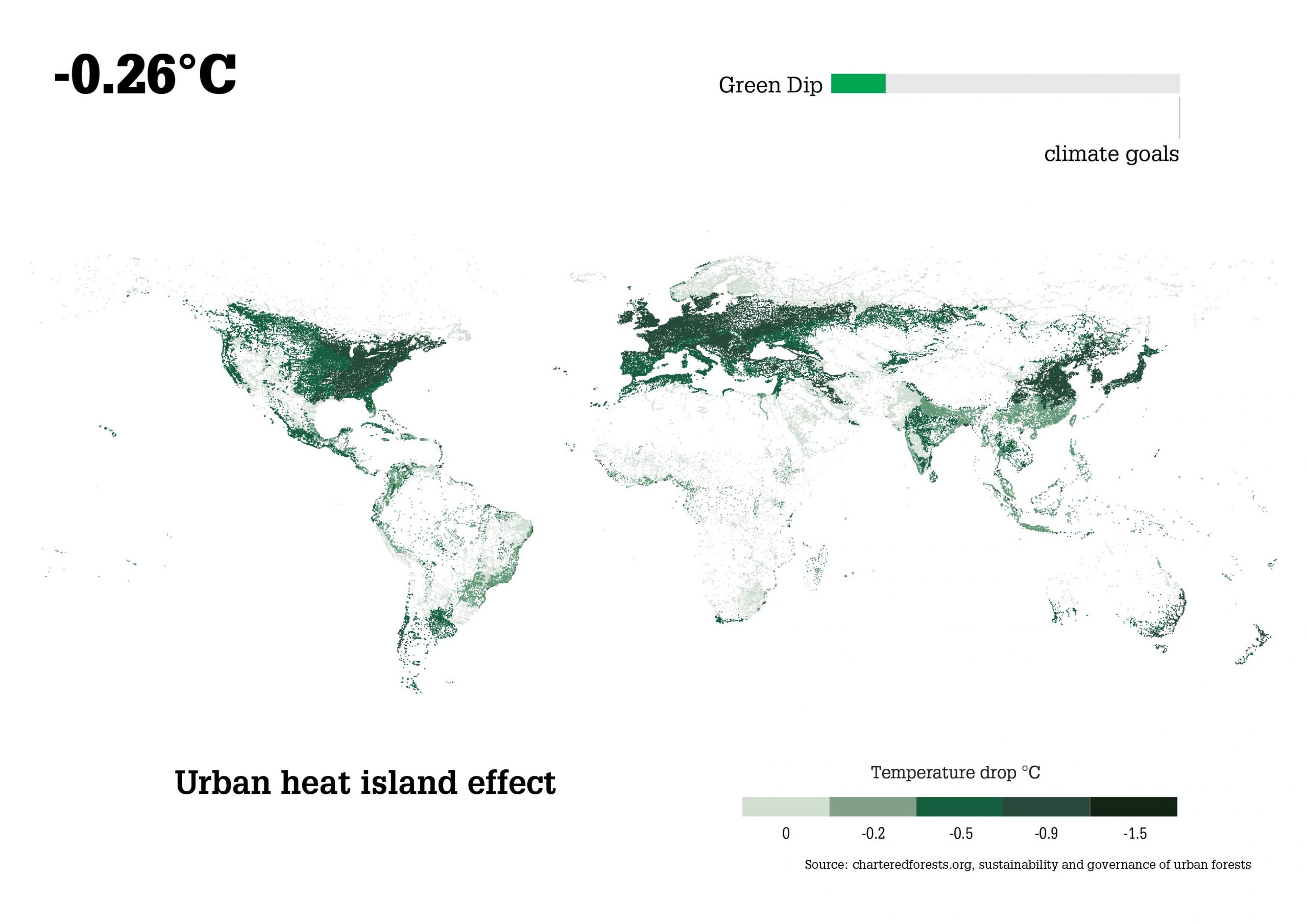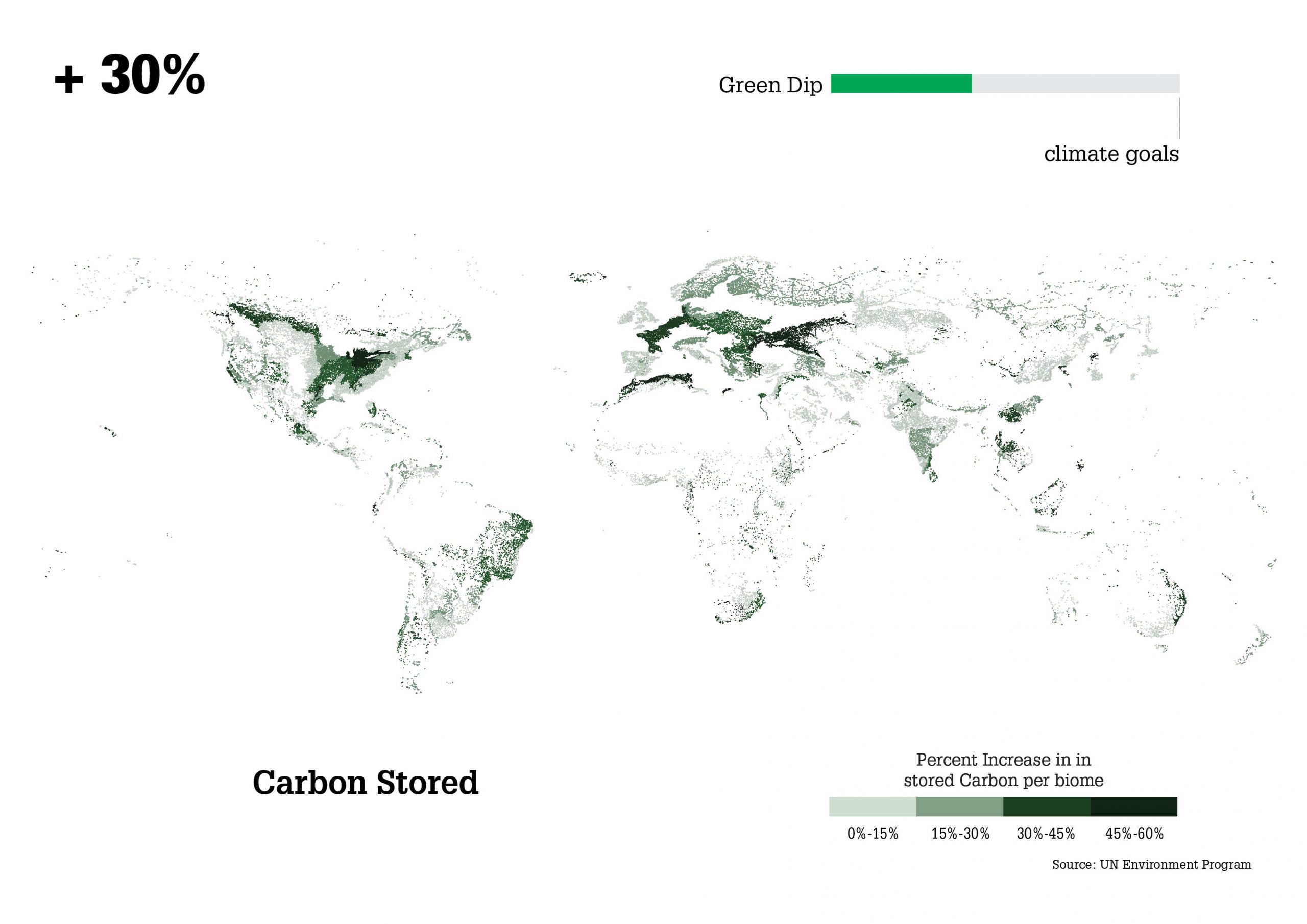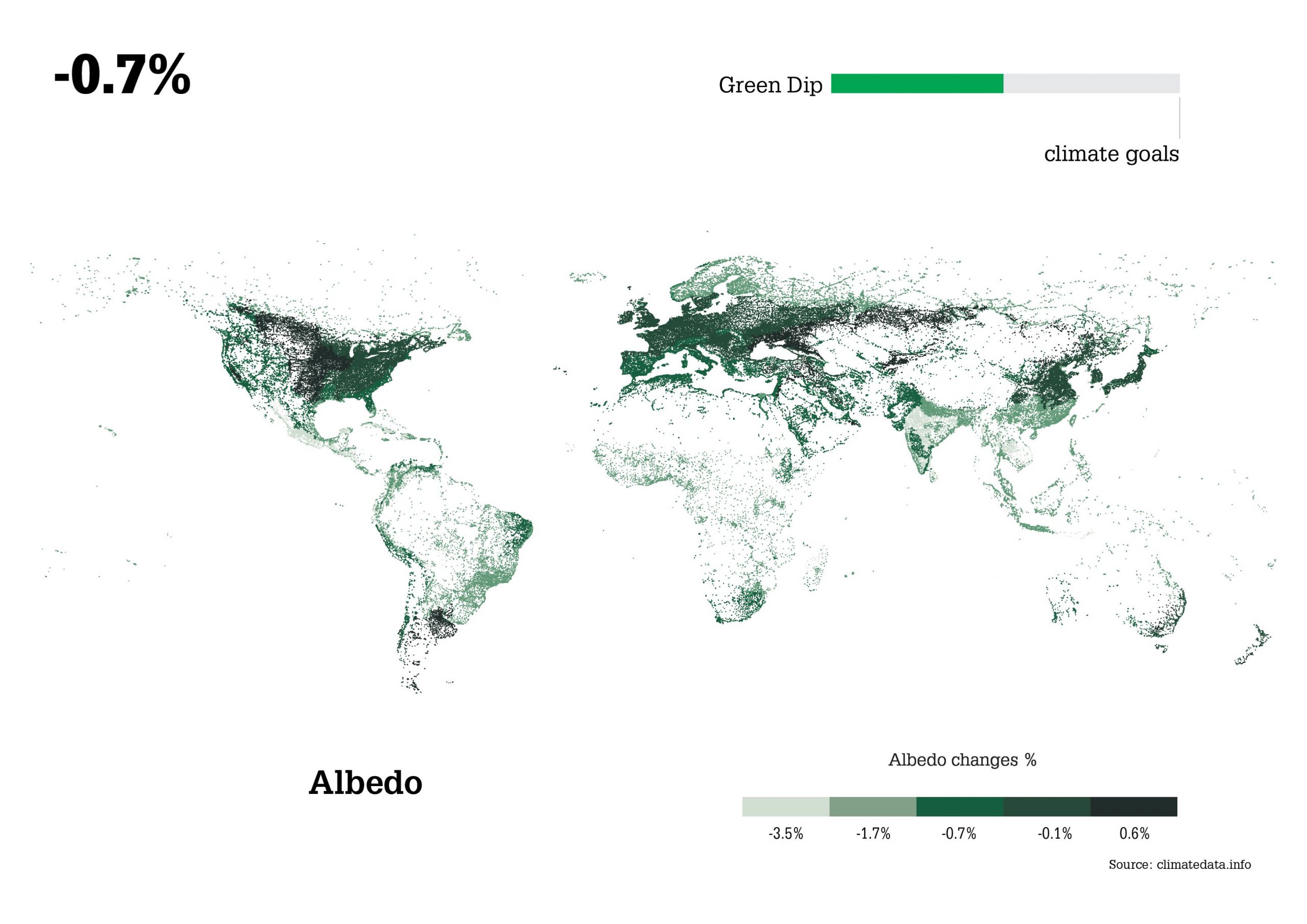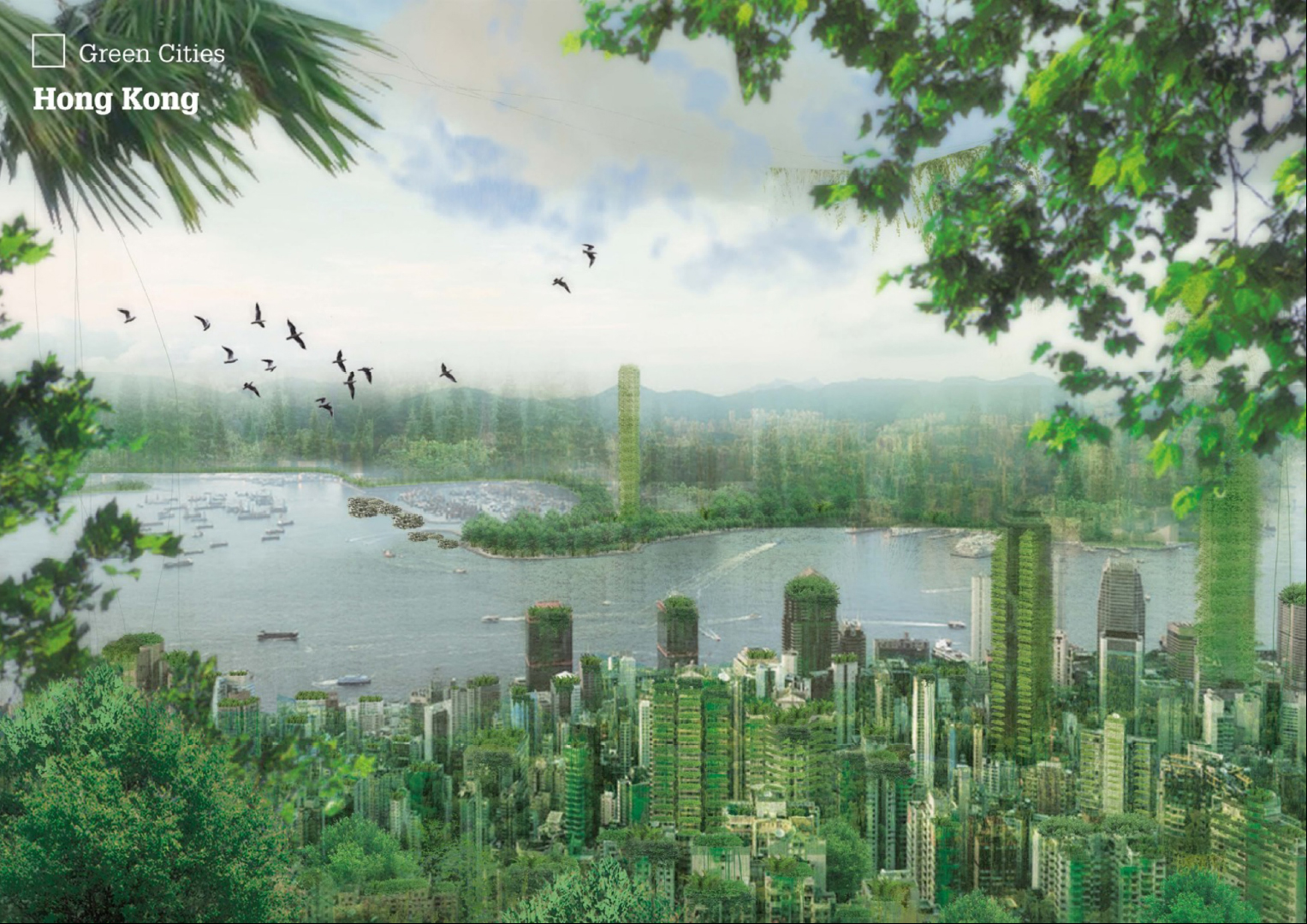The Green Dip
MaCT – 2019/2020
Faculty: Winy Maas, Javier Arpa, Adrien Ravon, Lex te Loo
Students: Kushal Saraiya, Elijah Munn, Andrew Saltzman, Alejandro Quinto Ferrández, Linara Salikhova, Rovianne Santiago, Jianne Libunao, Rashid Gilfanov, Jochen Morandell, Byron Esteban Cadena Campos, Akshay Marsute, Pawitra Bureerak, Michelle Carolina Rodríguez Ruiz, Aryo Dhaneswara
“The urgencies of the climate catastrophe are not to be ignored. The world is at a critical inflection point, where we need designers and technologists to inspire change. Urban land represents 3% of the world, yet roughly 60% of the climate impact. What if we covered this land with Forests? The Green Dip Project investigates such a world. Forests cover 31% of the earth and absorb almost 14 billion tons of CO2 per year which is 40% of the total man-made CO2. Forests help stabilize the climate. They regulate ecosystems, protect biodiversity, play a critical role in the territorial resilience and carbon cycle. The first stage of the Green Dip research thoroughly analyzed 14 specific biomes and their specific botany and urban typologies, providing us the toolset to visualize such Green-Dipped cities. Now we take this research even further. What is the meta-impact of The Green Dip to our climate? This phase of research started by analyzing data for certain prioritized climate parameters for each specific biome in a pre and post Green Dipped world. Based on these performance indicators, this led us to evaluate capacities and devise certain scenarios. What if we could move the densely populated 3% around the world? What would this look like? How would this balance out our impact? How would we need to change the urban fabric in developing green-dipped cities to limit man-made impact? These conclusions challenge how humans are making decisions about our given planetary infrastructure. “
What if we covered all our cities with a forest?

